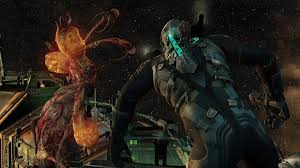SAS Rogue Heroes, season 2: What fact, and what's fiction

What follows is absolutely true, though. The officer, General Heidrich, invites Tonkin to a gentlemanly dinner (he’s given the choice of beef or chicken) to talk about the brilliance of the SAS and smoke cigars. The real Heidrich was a WWI paratrooper who enjoyed meeting captured airmen as a mark of mutual respect. In the show, Heidrich warns Tonkin about the Commando Order, essentially telling Tonkin that he’ll be shot the next day.
According to Macintyre, it was actually a German major who had warned Tonkin as they drove back to his cell after dinner. He told Tonkin that he was to be handed to the special police. “From now on the German army cannot guarantee your life,” said the major.
The real Tonkin escaped in fairly undramatic fashion by sneaking out of a jeep, whereas in SAS Rogue Heroes he fights off three Germans at once. Tonkin wandered for two weeks until he stumbled into a British patrol and was soon reunited with the SRS.
Did David Stirling try to escape his POW camp?
True
The star of the first series, David Stirling takes a backseat this time around. Which is right for this period: after his capture in January 1943, Stirling spent the rest of the war as a POW. The second series puts him at Forte di Gavi, the Italian fortress where the real-life Stirling was transported a month after his capture.
In the third episode he campaigns to jump the queue of escapees, calling himself “a wildly, madly special case”. He argues that he will rejoin the SAS in Europe and lead them to victory. The attitude is spot on: Stirling was good at inflating his own rep as a military maverick and derring-do specialist, hogging the credit for the original SAS.


 United Kingdom
United Kingdom Argentina
Argentina  Australia
Australia  Austria
Austria  Brazil
Brazil  Canada
Canada  Germany
Germany  Ireland
Ireland  Italy
Italy  Malaysia
Malaysia  Mexico
Mexico  New Zealand
New Zealand  Poland
Poland  South Africa
South Africa  United States
United States 

























